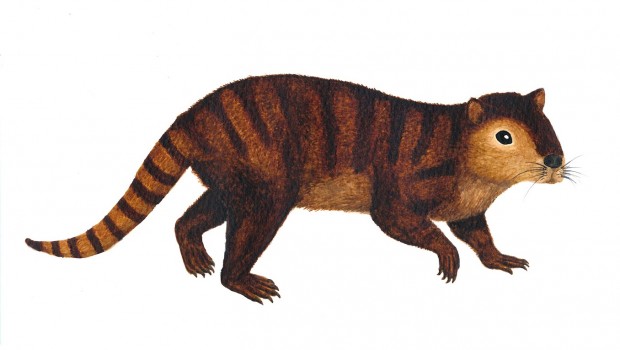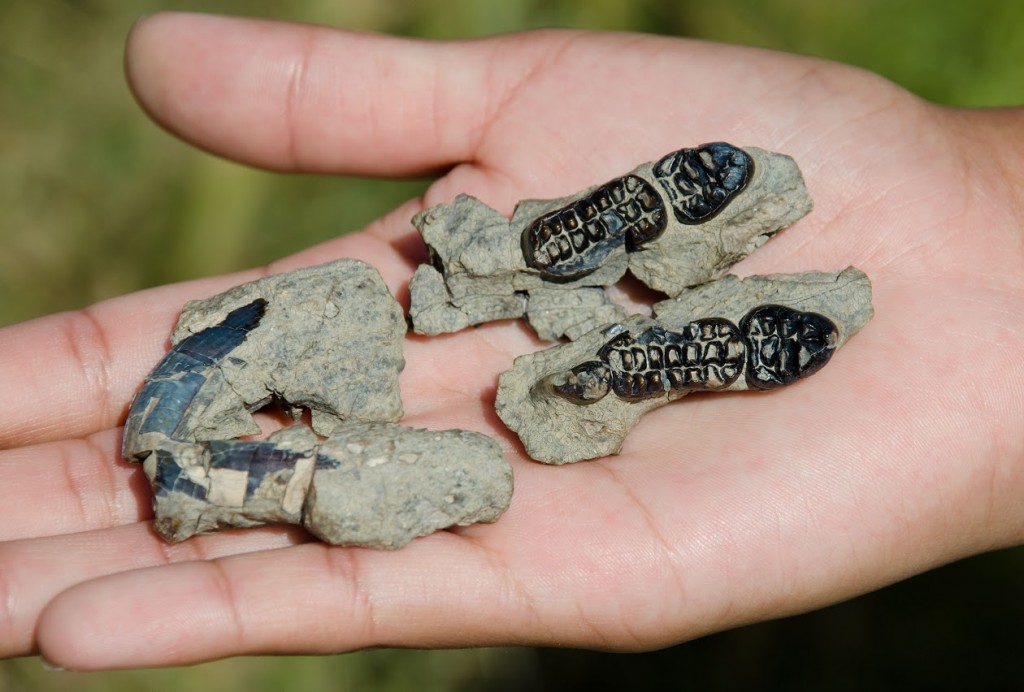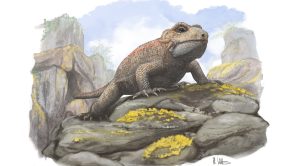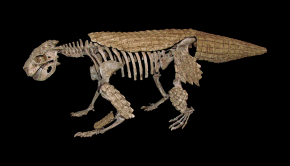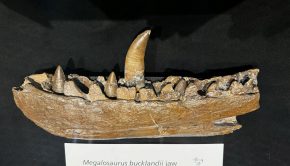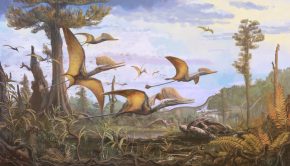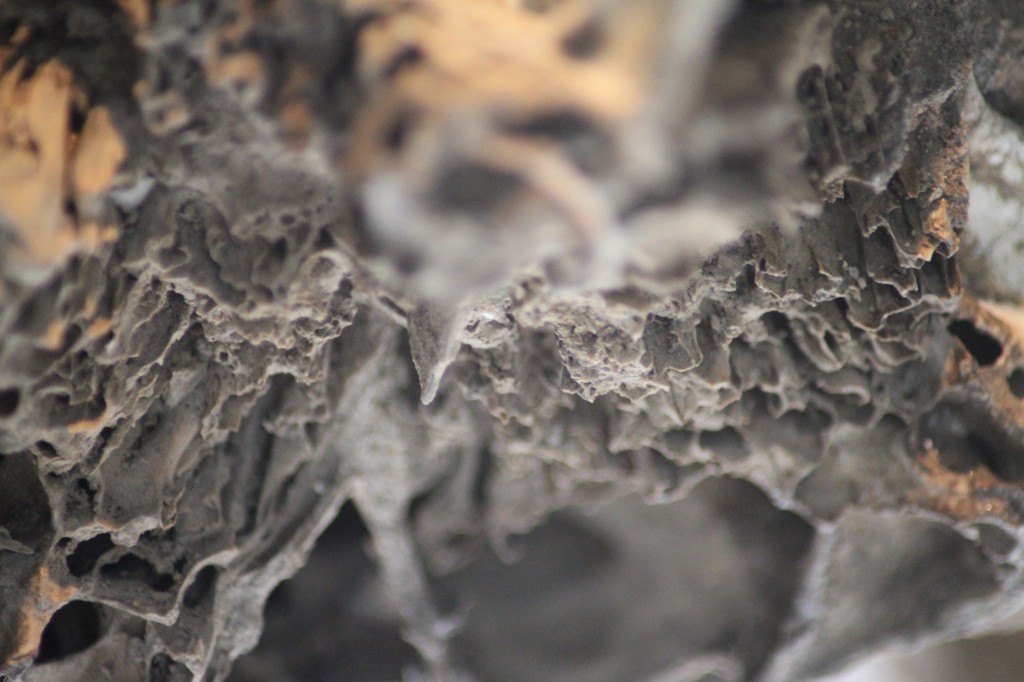New Mammal from the Early Palaeocene
The Cenozoic has often been described as the ‘Age of the Mammals’, while the Mesozoic was the ‘Age of the Dinosaurs’ which ended with the extinction of non-avian dinosaurs at the end of the Cretaceous. Mammals, however, came out of that extinction event on top, and proceeded to dominate the land for the following 65 million years. The fossil record of what happened at the beginning of the Cenozoic is fragmentary, and these fossils help to understand how mammals evolved right after the dinosaurs went extinct. A new mammal has been described from the Early Palaeocene (at the beginning of the Cenozoic) from New Mexico, and represents one of the largest of it’s kind.
Lead author Dr. Thomas Williamson from the New Mexico Museum of Natural History and Science had this to say about the find: “An asteroid impact at the end of the Cretaceous created a global catastrophe that brought an abrupt and terrible end to a world dominated by dinosaurs. However, out of the devastation, rose a brave new world dominated by mammals. The badlands of the American west supply a rich fossil record of animals across the mass extinction and into the dawn of the Age of Mammals. Our group is working in the San Juan Basin of northwestern New Mexico exploring how animals and plants were affected by the global cataclysm of the asteroid impact, and how ecosystems recovered during the first few million years of the Paleocene. During the 2014 field season we discovered a new species of large multituberculate mammal, Kimbetopsalis simmonsae that lived less than 500 thousand years after the end-Cretaceous mass extinction. Multituberculates (AKA multis for short) were among the most successful group of mammals that lived in the shadow of the dinosaurs through much of the Mesozoic. They resemble rodents in having large, chisel-shaped incisors and rows of grinding teeth. Most have an unusual pair of lower premolar teeth that are shaped like rounded cutting blades. The new species represents one of the largest multituberculates ever discovered. Most multituberculates were relatively small, and no Cretaceous multis exceeded the size of a domestic cat. However, following the mass extinction, multituberculates thrived and rapidly increased in diversity. One group of multis, the taeniolabidoids, rapidly increased in size. The taeniolabidoids evolved highly complex cheek teeth and have reduced the size of the premolar cutting teeth as an adaptation for chewing plants. They were some of the very first mammals to adopt a mostly herbivorous diet and this probably led to their early success in the Paleocene. Kimbetopsalis weighed about between 11 and 45 kg – about the size of a badger, conservatively. Taeniolabis, the largest multituberculate ever, appeared just few hundred thousand years after Kimbetopsalis. It was about the size of a large beaver, probably weighing more than 20 kg, but may have been as much as 100 kg. It may have descended from Kimbetopsalis. Our analysis of taeniolabidoid interrelationships shows that they were highly successful in the early Paleocene of North America and then spread to Asia, surviving there through much of the late Paleocene. Multituberculates peaked in importance during the early Paleocene and then slowly declined in number and importance, becoming extinct about 35 million years ago. They may have been driven to extinction through competition with rodents which first appeared near the end of the Paleocene.”
Study co-author Dr. Steve Brusatte from the University of Edinburgh added “We could think of Kimbetopsalis as a primeval beaver, which lived only a few hundred thousand years after the asteroid impact that killed the dinosaurs. The asteroid caused apocalyptic environmental change, but it seems like mammals began to recover pretty quickly afterwards. It was in this brave new world that our mammalian ancestors got their start.”
This new fossil is more evidence to the fact that mammals recovered extremely quickly after the Cretaceous-Palaeogene (K-Pg) extinction, and this group of mammals not only survived, but actively thrived.
Top image: Artists reconstruction of Kimbetopsalis simmonsae. Image credit Sarah Shelley.

